
Wet sclerophyll forest and rainforest at Katandra Reserve, NSW Central Coast, Australia Stock
Wet sclerophyll forests grow up to 60m tall in moist cloudy uplands on deep well-drained soils with up to 2500m rainfall each year. They are the most developed of all eucalyptus forests and woodlands.

Wet sclerophyll forests Wet Tropics Management Authority
Wet sclerophyll forest—a step towards rainforest Wet sclerophyll forest is often found growing near rainforest. In many areas, it is only the effect of past fires that prevents rainforest from occupying a site that is currently covered by wet sclerophyll forest.
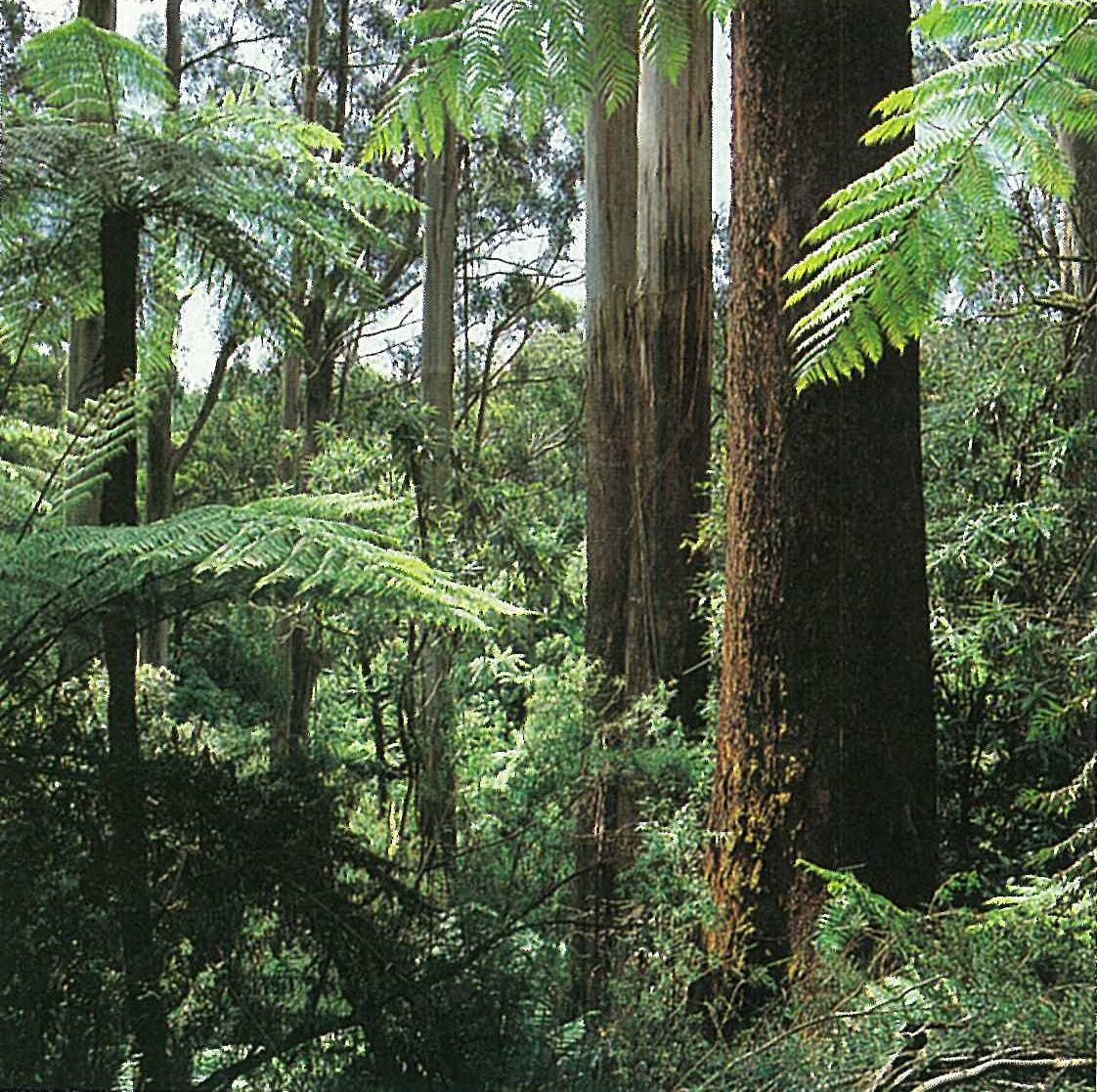
Flora of Victoria
Tall eucalypt forests (tall open forests or wet sclerophyll forests in previous classification schemes) are those that exceed 30 m in height with a projected foliage cover of 30-70%.
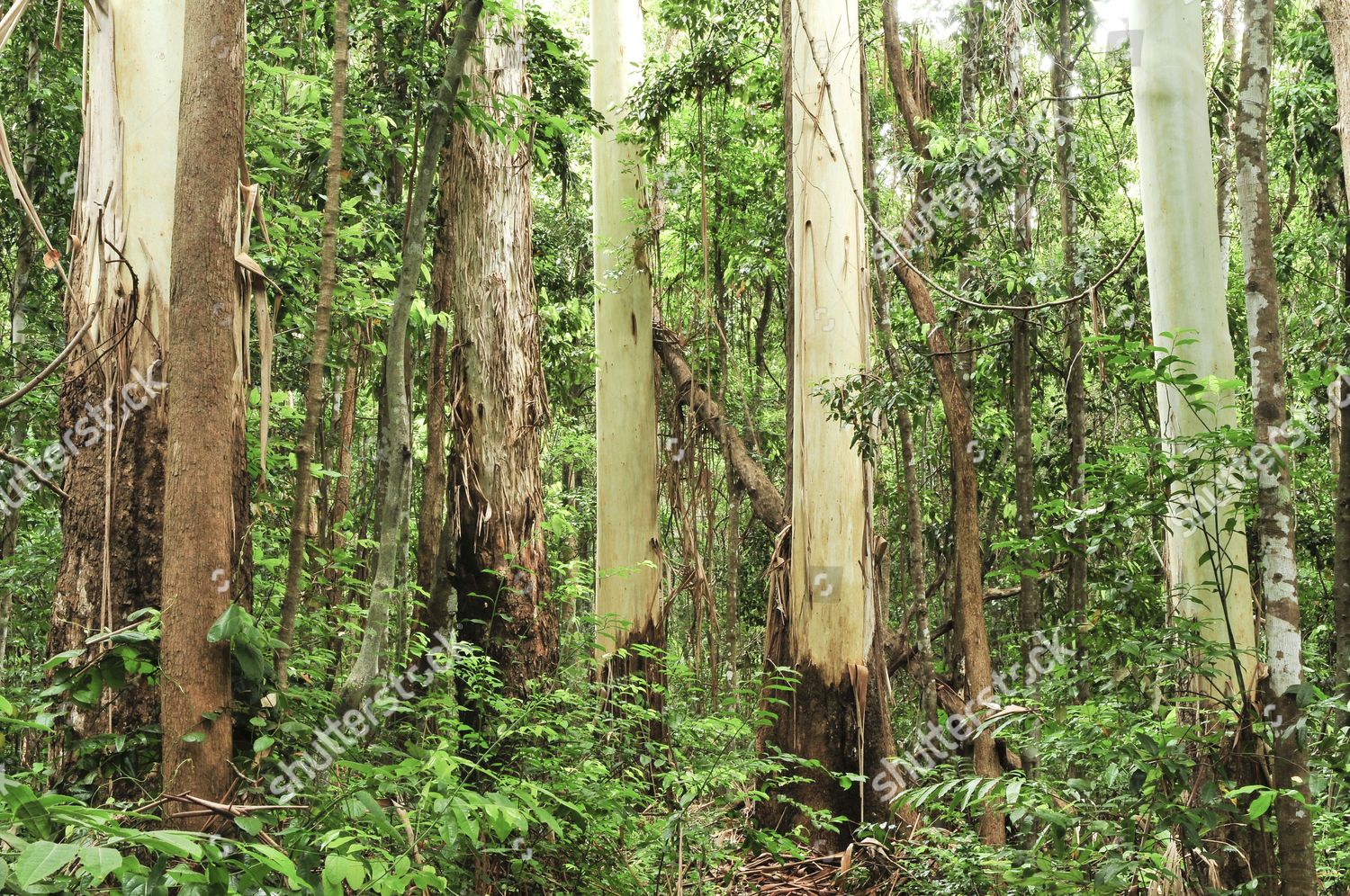
Tall Wet Sclerophyll Forest Flooded Rose Editorial Stock Photo Stock Image Shutterstock
Typical structure of regrowth wet eucalypt forest in Tasmania. Note the very dense understorey layer of tall sclerophyllous shrubs, which impedes all eucalypt regeneration in the absence of major.
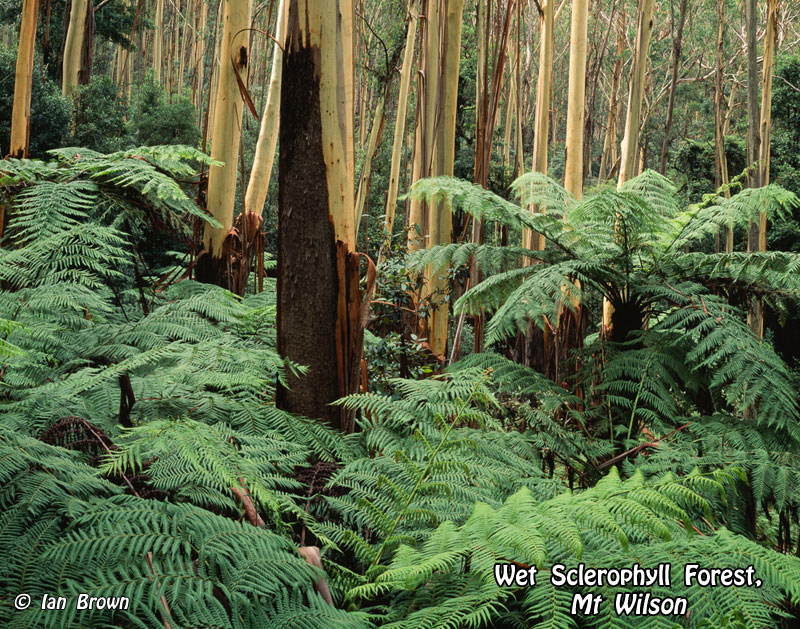
Blue Mountains nature Biodiversity Ecology Vegetation Wet Sclerophyll Forests
Wet-sclerophyll forests are unique ecosystems that can transition to dry-sclerophyll forests or to rainforests. Understanding of the dynamics of these forests for conservation is limited. We evaluated the long-term succession of wet-sclerophyll forest on World Heritage listed K'gari (Fraser Island)—the world's largest sand island.

Wet sclerophyll forests Wet Tropics Management Authority
View the closed acacia forests Fact Sheet here. Closed eucalyptus forests represent a seral stage in the transition from sclerophyllous forest and woodland to rainforest. In the mapping process, sclerophyll rainforest transitions were identified by the presence of the component sclerophyll species in the canopy at widely varying levels of cover.

mountain ash, Victorian ash Eucalyptus regnans, Wet Sclerophyll Forest, Stock Photo, Picture And
Sclerophyll Forests & Woodlands. The presence of Acacia species in woodlands or forests is generally indicative of some form of limiting ecological factor. The majority of occurrences are found on, and to the east of the coastal escarpment, typically in areas exposed to persistent trade winds and on areas of shallow soil.
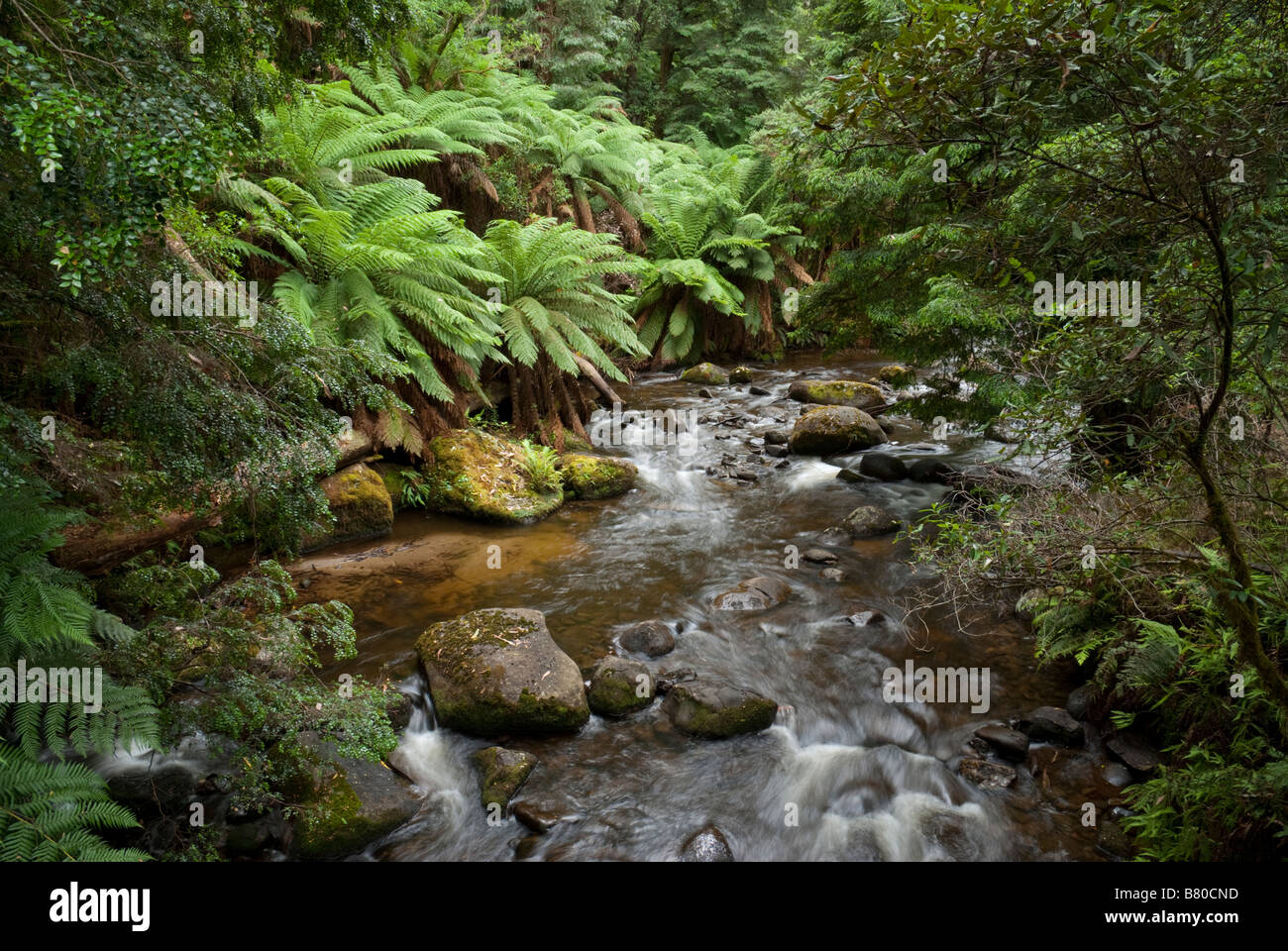
Taggerty River flowing through wet sclerophyll forest near Marysville Stock Photo Alamy
Understory is lush and wet. Canopy trees are fire-tolerant, but the understory is fire-intolerant. Example: Australasian Wet Sclerophyll Forest. Dry Sclerophyll Forest: Tall, straight-trunked canopy trees that form a canopy where the tree branches can touch each other but are too widely spaced to form a closed canopy. Understory is grass- and.
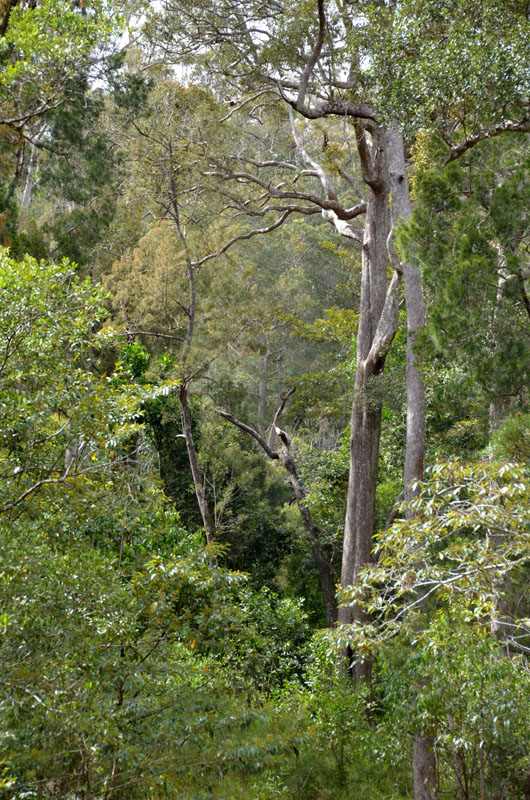
wet sclerophyll forest photo Don photos at
Description What are they? Wet sclerophyll forest is characterised by very tall eucalypt trees (and their close relatives) which form the upper canopy layer. The trunks of these trees tend to be straighter than those of other eucalypts, and their leafy parts are often concentrated in the top third of the tree.

Floor of temperate wet sclerophyll forest with tall eucalypts eg... News Photo Getty Images
Wet sclerophyll forest in Queensland supports many different types of native plants and animals—including at least 25 threatened or priority species—so restoring wet sclerophyll forest has great potential for conserving wildlife. Some threatened native species that occur in wet sclerophyll forest include the: powerful owl ( Ninox strenua)

Soft tree ferns (Dicksonia antarctica), growing in wet sclerophyll forest understorey
The wet sclerophyll is in danger of being swallowed up by its neighbour. In just 50 years, approximately half of this limited forest type has been invaded by rainforest.

Wet sclerophyll forest with eucalypts and tree ferns Stock Photo Alamy
Wet sclerophyll forest is intimately associated with rainforest, and in many areas it is largely the effects of fire that allow wet sclerophyll forest to occupy sites that would otherwise be suitable for rainforest (Jackson 1968; Webb 1968). Other factors such as topography, drainage and substrate

Wet Sclerophyll Eucalyptus forest Flickr Photo Sharing!
Wet and dry sclerophyll forests are two forests that contain Australian vegetation-type plants. They have eucalypts, wattles, and banksias. Key Areas Covered 1. What are Wet Sclerophyll Forests - Definition, Features, Importance 2. What are Dry Sclerophyll Forests - Definition, Features, Importance 3.

temperatewetsclerophyllforestwithtalleucalyptsincludingribbonpictureid157899102 (785×
Fuels were measured in a chrono-sequence of 141 sites in Mountain Ash ( Eucalyptus regnans )-dominated wet sclerophyll forest in southeastern Australia, a particularly contentious forest system. Wildfires are an important part of the lifecycle of these forests, but too frequent fire can threaten post-fire regeneration.

Sanctuary of Solace Bush Heritage Australia
Wet sclerophyll forest is the tallest forest type in Australia. Wet sclerophyll forest in Queensland is composed of very tall eucalypts and their relatives, and an understory of either rainforest plants, or grasses with a sparse shrub layer.
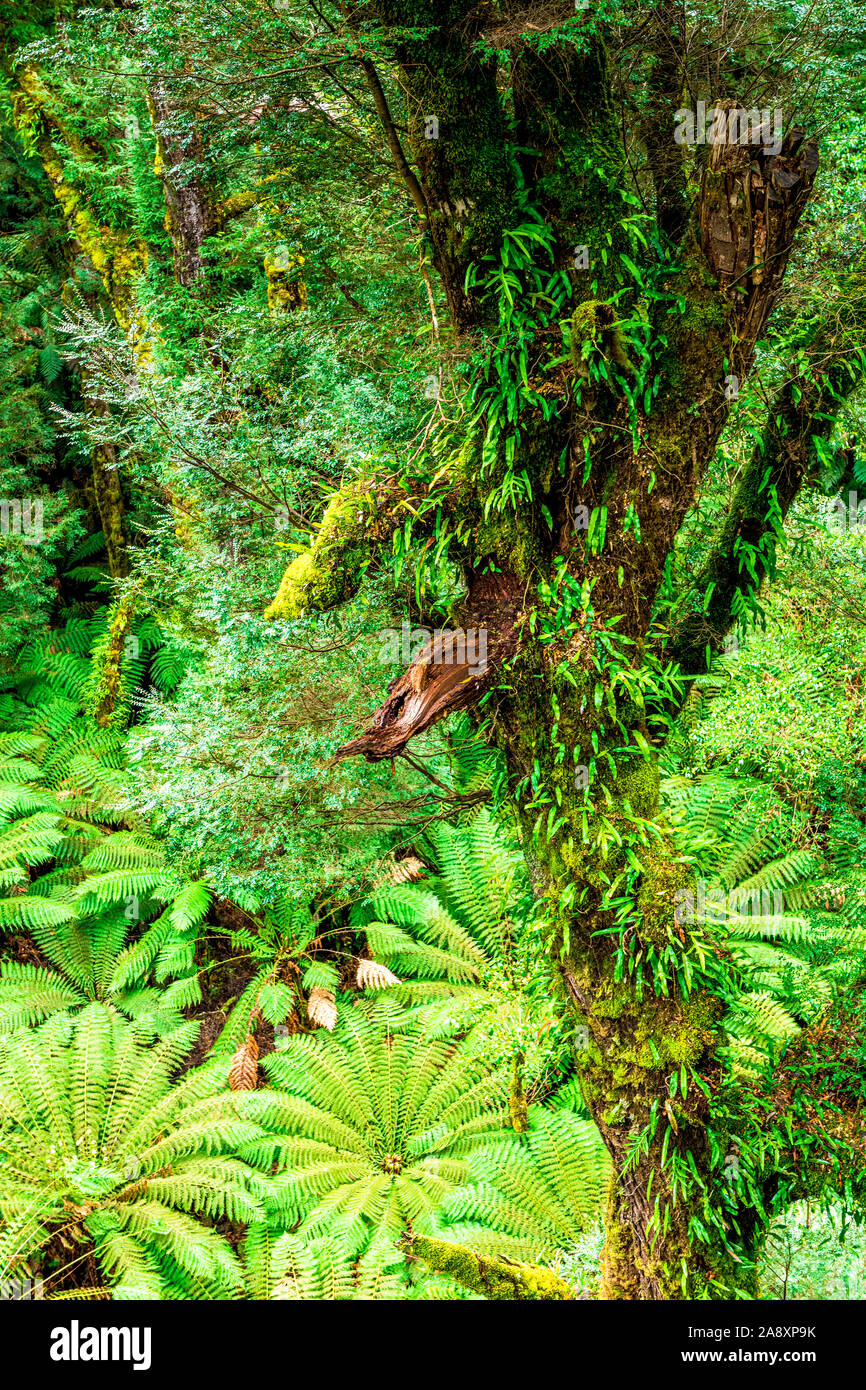
Wet sclerophyll forests hires stock photography and images Alamy
Introduction. Wet sclerophyll forest (also called tall open forest; Tng et al. Citation 2012) is unique to Australia.It is dominated by tall trees of the genus Eucalyptus (family Myrtaceae; Beadle Citation 1962).Tropical wet sclerophyll forest occurs only in northeast Queensland at elevations >600 m (Tracey Citation 1982) with a high annual rainfall from 1500 to 2000 mm (Ashton and Attiwill.